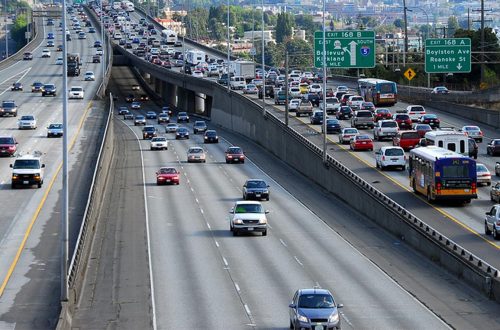The quest for a fully autonomous vehicle has captivated the human imagination for decades, and today, we stand at the precipice of turning this long-held dream into a reality. The development of autonomous driving technology is a complex and multifaceted endeavor, categorized into distinct levels of automation, from driver assistance systems to fully self-driving capabilities.
This technological marvel is made possible by a sophisticated suite of sensors, including cameras, radar, and LiDAR, which work in concert to create a detailed, real-time map of the vehicle’s surroundings. This data is then processed by powerful AI algorithms that make critical driving decisions. The potential benefits of a driverless future are immense, promising to dramatically reduce traffic accidents, alleviate congestion, and provide newfound mobility for the elderly and disabled. While significant regulatory, ethical, and technological hurdles remain, the relentless pace of innovation in the field of autonomous driving suggests that it is not a matter of if, but when, our daily commutes will be transformed.
The classification of autonomous driving systems follows a standardized framework developed by SAE International, ranging from Level 0 (no automation) to Level 5 (full automation). Most vehicles currently on the market feature Level 2 systems, which provide partial automation with human oversight required. Companies like Tesla, Waymo, and Cruise are testing Level 4 systems in limited geographical areas, where the vehicle can operate without human intervention under specific conditions. The journey to Level 5 autonomy, where vehicles can handle any driving scenario without human input, remains the ultimate goal of the industry.
The sensor suite of autonomous vehicles represents a fusion of cutting-edge technologies working in harmony. Cameras provide visual information similar to human eyes, while radar systems detect objects and measure their speed even in adverse weather conditions. LiDAR (Light Detection and Ranging) creates detailed three-dimensional maps of the environment by bouncing laser pulses off surrounding objects. These sensors generate enormous amounts of data that must be processed in real-time by powerful onboard computers, requiring sophisticated algorithms to interpret the information and make split-second driving decisions.
The potential societal benefits of autonomous vehicles extend far beyond convenience. Human error is a factor in approximately 94% of serious traffic accidents, according to the National Highway Traffic Safety Administration. By removing the human element from driving, autonomous vehicles could dramatically reduce accidents, saving thousands of lives annually. Additionally, self-driving cars could optimize traffic flow, reducing congestion and travel times while decreasing fuel consumption and emissions. For elderly and disabled individuals who cannot drive, autonomous vehicles could provide newfound independence and mobility.
The development of autonomous driving technology faces significant technical challenges that must be overcome before widespread deployment. Navigating complex urban environments with unpredictable pedestrians, cyclists, and other vehicles requires sophisticated decision-making capabilities that rival human intuition. Weather conditions such as heavy rain, snow, or fog can degrade sensor performance, making it difficult for vehicles to operate safely. Edge cases, such as construction zones or unusual road situations, present particular challenges for AI systems that rely on pattern recognition and predefined rules.
Beyond technical hurdles, autonomous vehicles must navigate a complex landscape of regulatory and ethical considerations. Governments worldwide are working to establish safety standards and liability frameworks for self-driving cars. Questions about decision-making in unavoidable accident scenarios, often framed as the “trolley problem,” highlight the ethical dilemmas that autonomous systems must address. Determining who is responsible in the event of an accident—the manufacturer, software developer, or vehicle owner—remains a contentious issue that requires careful consideration.
The economic implications of autonomous vehicles are profound and far-reaching. The transportation industry, which employs millions of drivers worldwide, will face significant disruption as self-driving technology matures. While new jobs will emerge in areas such as fleet management and vehicle maintenance, the transition period may be challenging for those whose livelihoods depend on driving. On the other hand, autonomous vehicles could reduce transportation costs for consumers, increase productivity by allowing passengers to work during commutes, and create new business models such as autonomous ride-sharing services.
As we chart the course to a driverless world, it is clear that autonomous vehicles represent more than just a technological advancement; they are a transformative force that will reshape society in fundamental ways. The timeline for widespread adoption remains uncertain, with estimates ranging from the next decade to several decades away. However, the convergence of advancing technology, growing investment, and increasing consumer acceptance suggests that the driverless future is not just inevitable, but imminent. The road ahead may be complex, but the destination promises to revolutionize how we move through our world.





